Quiz: Guess the English Heritage sites painted by JMW Turner
One of Britain's best-loved painters, JMW Turner painted 35 historic sites across England that are now cared for by English Heritage.
We've selected 10 of these paintings - can you identify the historic site featured in each painting? We've given you some clues to help...
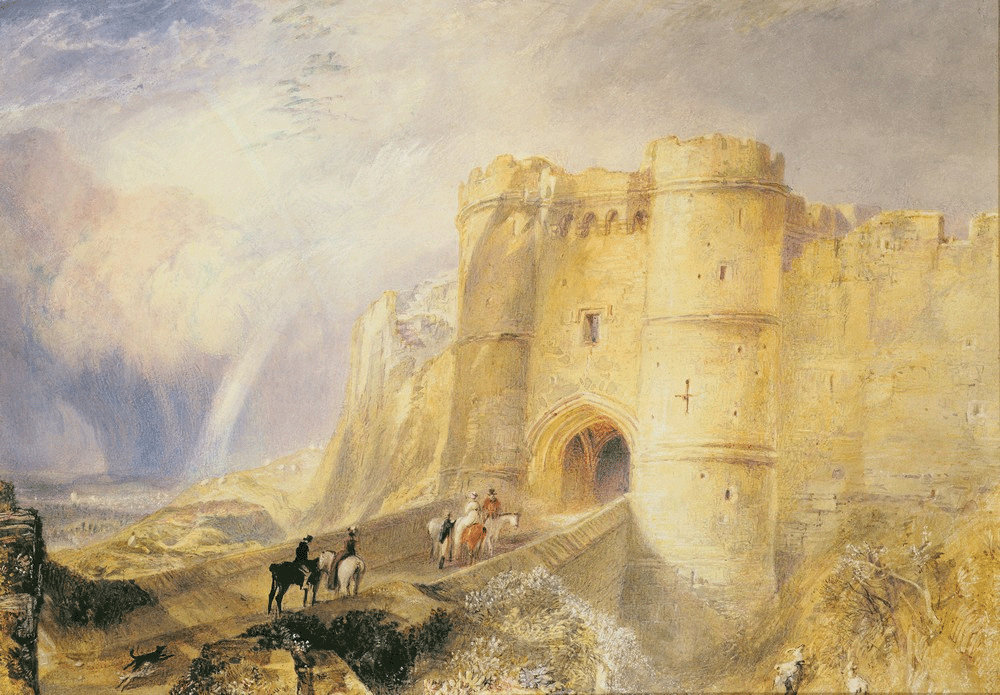
Image credit: See details in drop-down box 1 below
1. Charles I was imprisoned here...
A. Battle Abbey
B. Carisbrooke Castle
C. St Augustine's Abbey
D. Peveril Castle
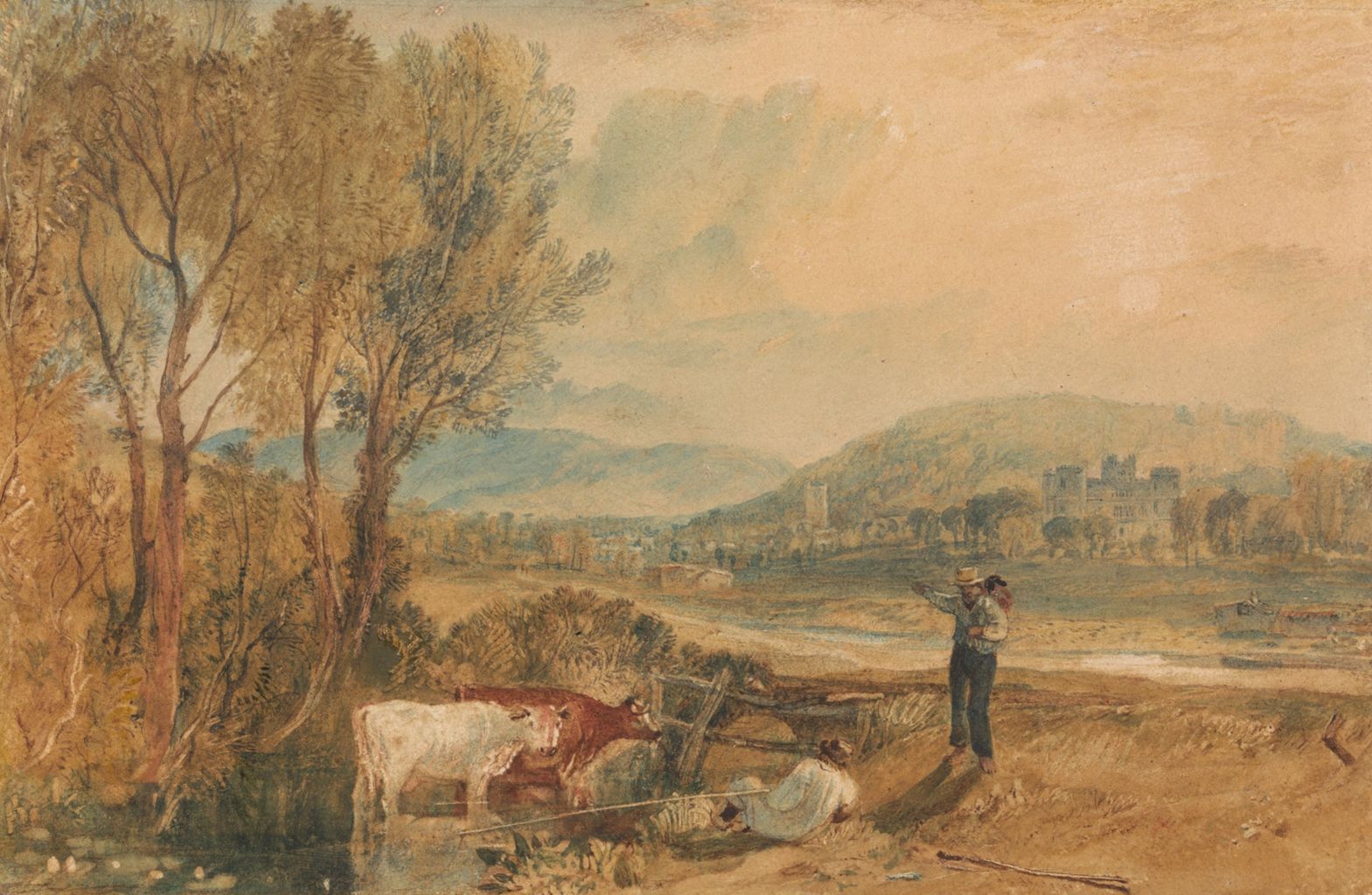
Yale Center for British Art, Paul Mellon Collection
2. A castle near a famous cove...
A. Rochester Castle
B. Dover Castle
C. Beeston Castle
D. Lulworth Castle
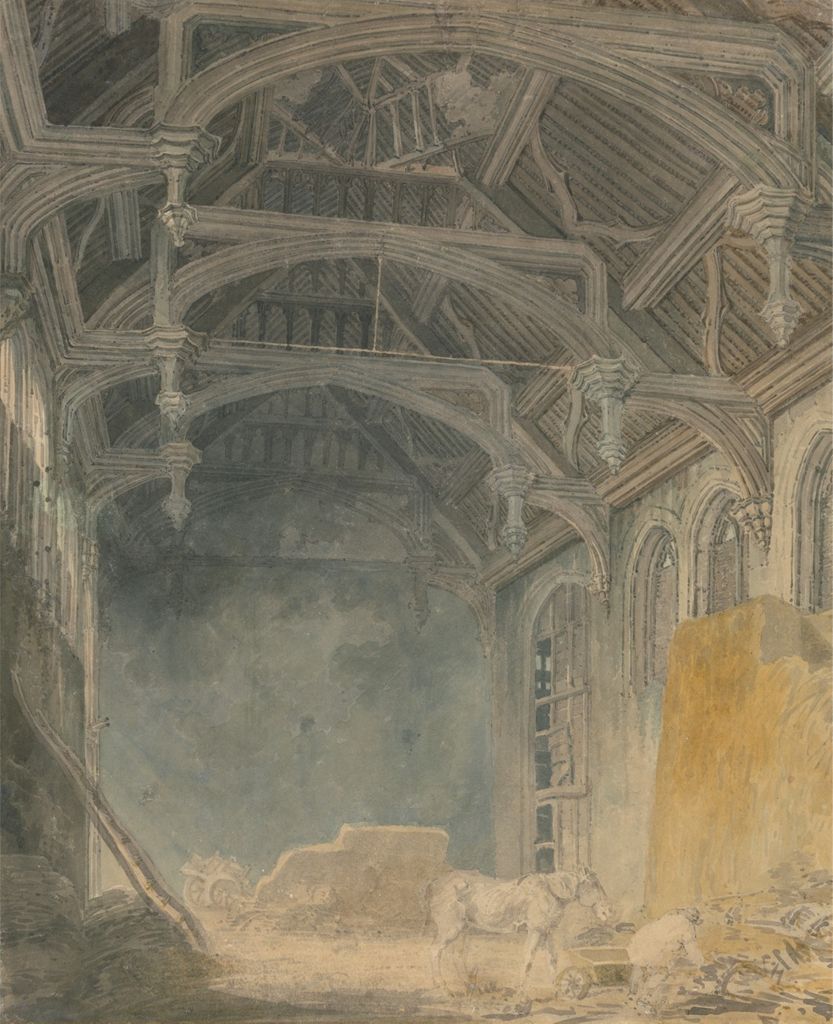
Yale Center for British Art, Paul Mellon Collection
3. A famous king spent much of his childhood here...
A. Eltham Palace
B. Gainsborough Old Hall
C. Audley End House
D. Bradford-on-Avon Tithe Barn
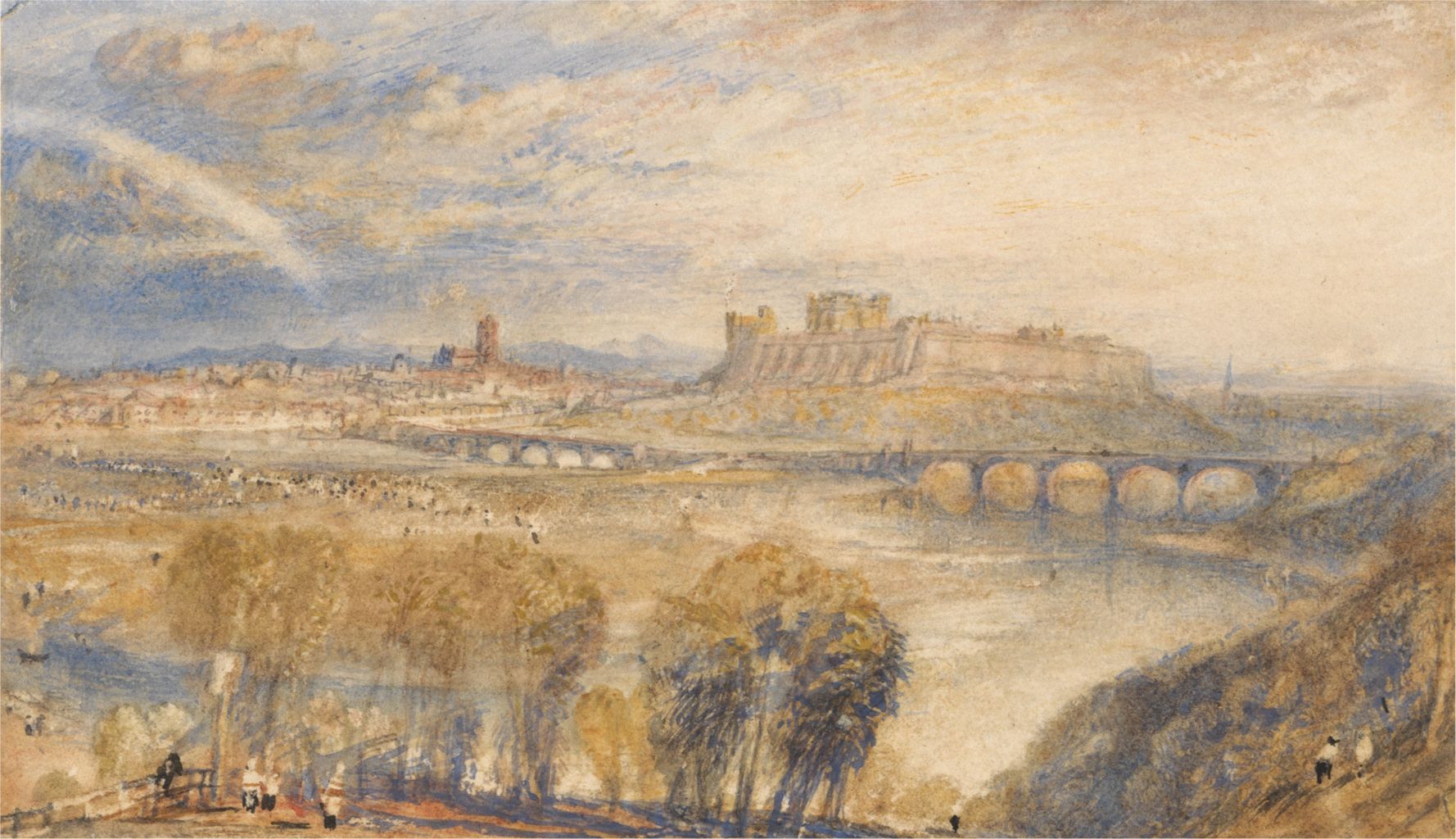
Yale Center for British Art, Paul Mellon Collection
4. This castle saw conflict between the English and the Scottish...
A. Totnes Castle
B. Helmsley Castle
C. Carlisle Castle
D. Launceston Castle

Williamson Art Gallery & Museum, Wirral Museums Service
5. This place was supposedly built where a famous king fell in battle...
A. Ashby de la Zouch Castle
B. Battle Abbey
C. Berry Pomeroy Castle
D. Castle Acre Priory
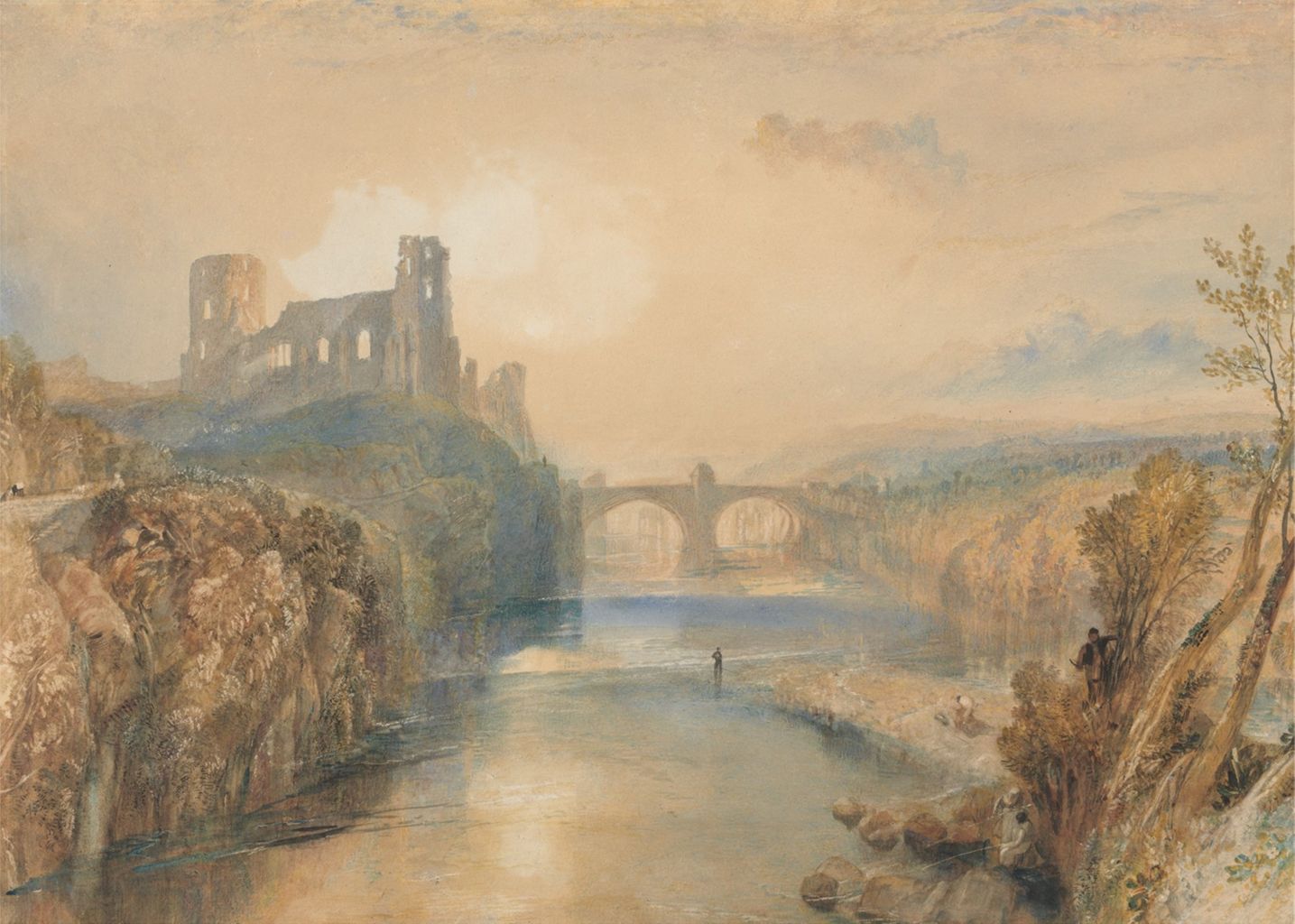
Yale Center for British Art, Paul Mellon Collection
6. This site hit the headlines following an infamous visit in March 2020...
A. Hailes Abbey
B. Old Wardour Castle
C. Barnard Castle
D. Kenilworth Castle

© With kind permission of Salisbury Museum
7. The central stone at this site may have been brought from Scotland...
A. Stonehenge
B. Avebury Henge
C. Castlerigg Stone Circle
D. Thornborough Henges

National Gallery of Victoria, Melbourne
8. This castle defends a headland on the Northumberland coast...
A. Berkhamsted Castle
B. Eynsford Castle
C. Kirby Muxloe Castle
D. Dunstanburgh Castle
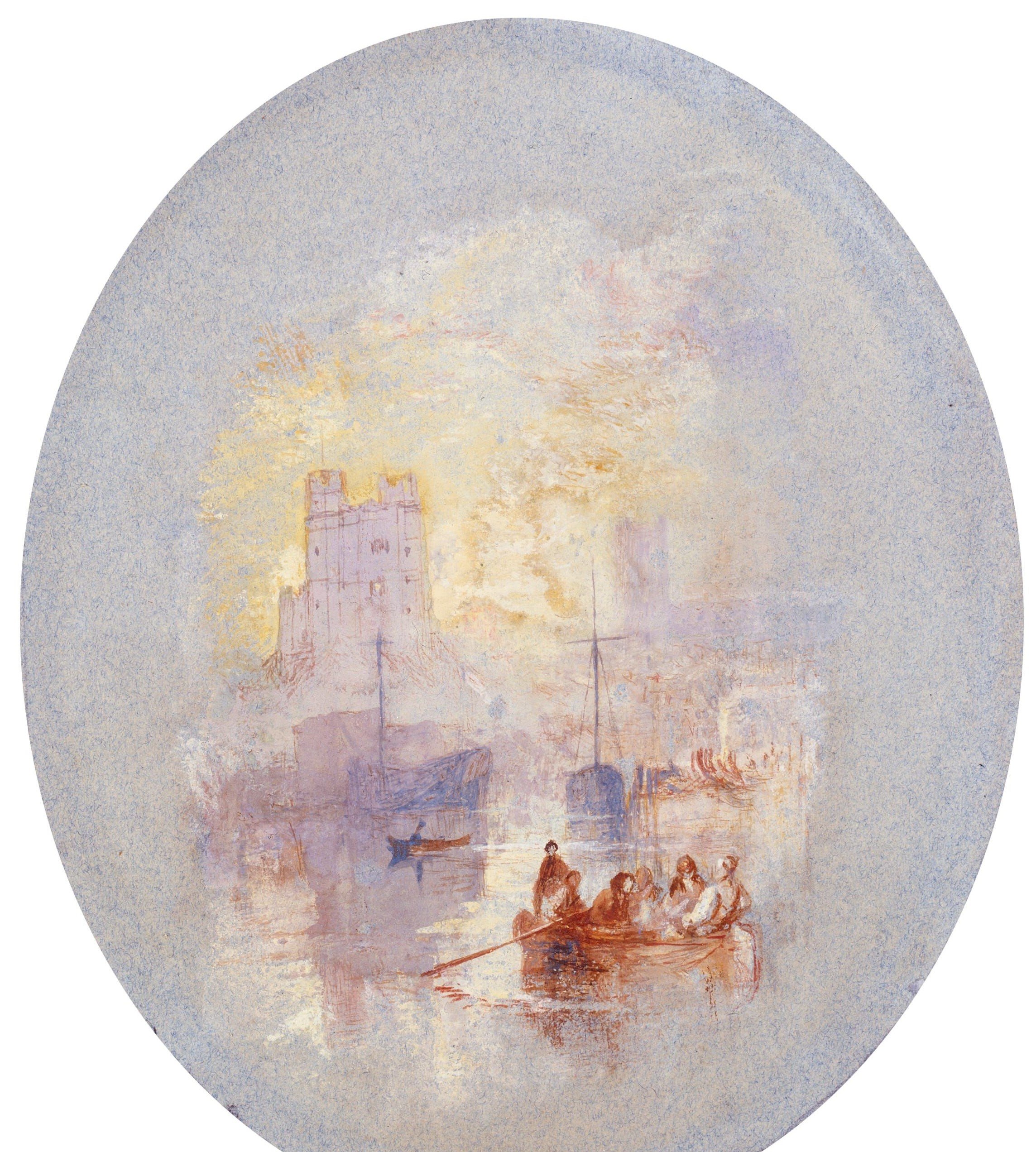
Courtesy of the Indianapolis Museum of Art at Newfields
9. This castle has a unique polygonal tower-keep...
A. Dartmouth Castle
B. St Mawes Castle
C. Orford Castle
D. Carisbrooke Castle
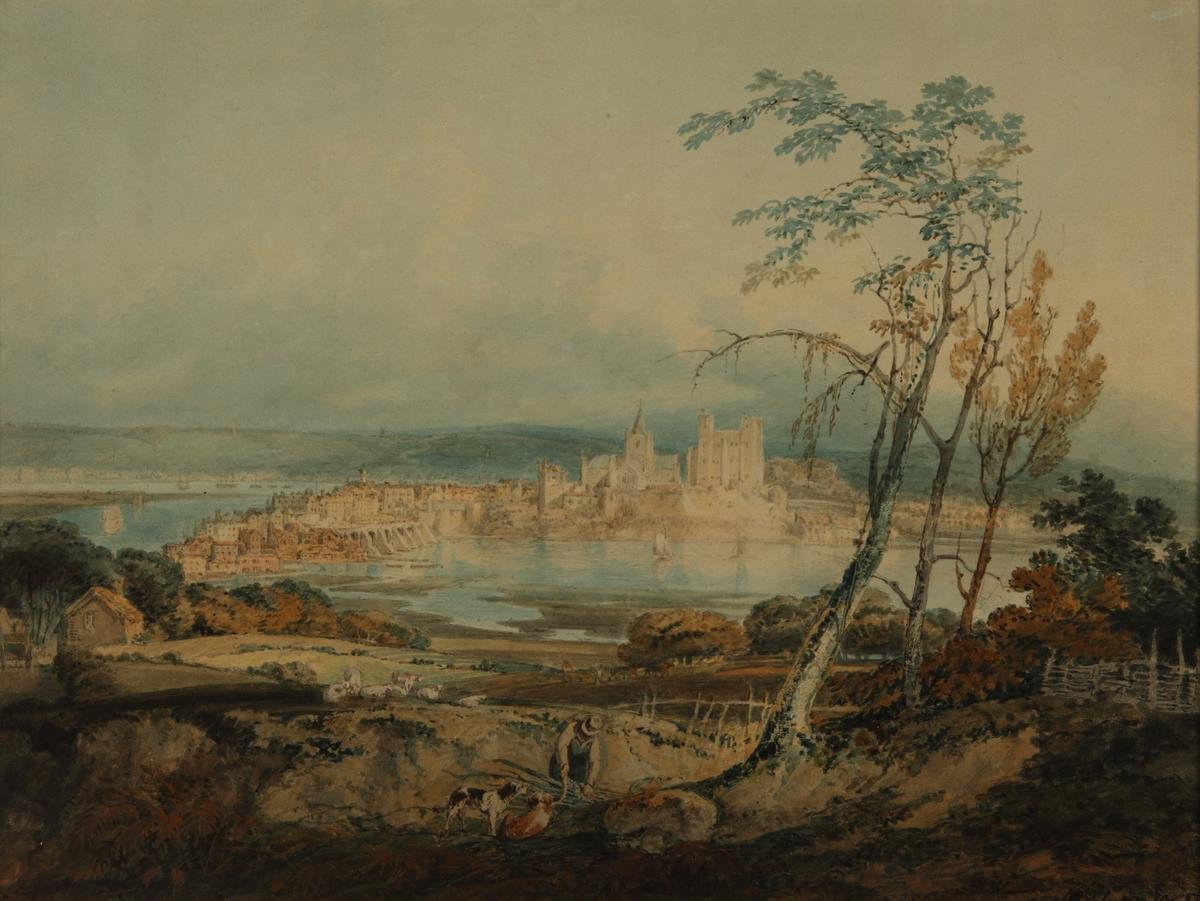
Image courtesy of Manchester Art Gallery
10. This site endured an epic siege by King John in 1215...
A. Yarmouth Castle
B. Rochester Castle
C. Pendennis Castle
D. Lindisfarne Priory
The answers - How many did you get right?
-
1.
Answer:
B: Carisbrooke Castle
Carisbrooke Castle is a great fortress that defended the Isle of Wight for over a thousand years. The castle’s most famous resident was Charles I, who was imprisoned here after his Civil War defeat.
Turner painted the castle in around 1828, choosing to include visitors on horseback to show the vast scale of the imposing gatehouse.

Image courtesy of Carisbrooke Castle Museum, accession number NETCC: 2008:20
Visit Carisbrooke Castle
-
2.
Answer:
D: Lulworth Castle
A striking Jacobean hunting lodge on the Dorset coast, Lulworth Castle was built around 1608 in the fashionably retro castle style. It was ravaged by fire in 1929, but has been partly restored.
Turner painted this work around 1820, with the golden light of the morning sun a typical feature of his work in this period.

Visit Lulworth Castle
-
3.
Answer:
A: Eltham Palace
The Great Hall at Eltham Palace dates from the 1470s and is part of the medieval royal palace where Henry VIII spent his childhood.
When Turner painted the hall around 1793, much of it had been destroyed during the English Civil Wars and what remained had largely been submerged within farm buildings. The hall has now been fully restored.

Visit Eltham Palace and Gardens
-
4.
Answer:
C: Carlisle Castle
One of the most besieged castles in England, Carlisle Castle guarded the wild western end of the Anglo-Scottish border for hundreds of years.
Turner's painting of the castle, dating from around 1832, encompasses the castle and the river valley, with the castle wall having been recently repaired following bombardment around 100 years previously.

Visit Carlisle Castle
-
5.
Answer:
B: Battle Abbey
Battle Abbey was founded by William I soon after the Norman conquest of England in 1066, supposedly in the exact spot where King Harold died during the Battle of Hastings.
Turner's painting, dating from around 1794, is of the west end of the abbey gatehouse. This is the oldest part of the gatehouse, dating from the late 11th century.

Visit 1066 Battle of Hastings, Abbey and Battlefield
-
6.
Answer:
C: Barnard Castle
Barnard Castle in County Durham takes its name from Bernard de Balliol, who built the stone fortress in the 12th century. His successors raised the mighty round tower, before losing the castle after a failed attempt to become kings of Scotland.
Turner's painting dates from around 1825 and features the castle ruins and the River Tees bathed in early-morning sunshine.

Visit Barnard Castle
-
7.
Answer:
A: Stonehenge
One of the world's most famous places, work began on Stonehenge around 5,000 years ago, but it was built in stages over many years. The stone circle dates from about 2,500 BC, in the late Neolithic period.
Turner's apocalyptic painting of Stonehenge dates from around 1825-28 and is a scene of devastation, with sheep and a shepherd lying dead in the wake of a ferocious storm.

Visit Stonehenge
-
8.
Answer:
D: Dunstanburgh Castle
The spectacular ruins of Dunstanburgh Castle defend a headland on the rugged Northumberland coast. Seabirds nest on the cliffs in the spring and summer, and the grassland hosts ground-nesting birds such as skylarks.
Turner's painting of Dunstanburgh was exhibited at the Royal Academy in 1798 and captures the sun's rays hitting the castle following a stormy night.

JMW Turner: Dunstanburgh Castle, north-east coast of Northumberland, sunrise after a squally night (1798)
Visit Dunstanburgh Castle
-
9.
Answer:
C: Orford Castle
Built in the 12th century for Henry II, Orford Castle was intended to curtail the power of turbulent East Anglian barons. Its polygonal keep was built to a revolutionary design and is now a landmark in the Suffolk landscape.
The castle features in the background of Turner's 1827 painting of ferry passengers and boats in Orford Haven at sunset.

Visit Orford Castle
-
10.
Answer:
B: Rochester Castle
Strategically placed to guard an important crossing of the River Medway in Kent, this imposing fortress has a complex history of destruction and rebuilding.
Painted in 1795, this is one of Turner's earlier paintings, and features a farmer and two dogs in the foreground, seemingly oblivious to the spectacular castle behind them.

Visit Rochester Castle